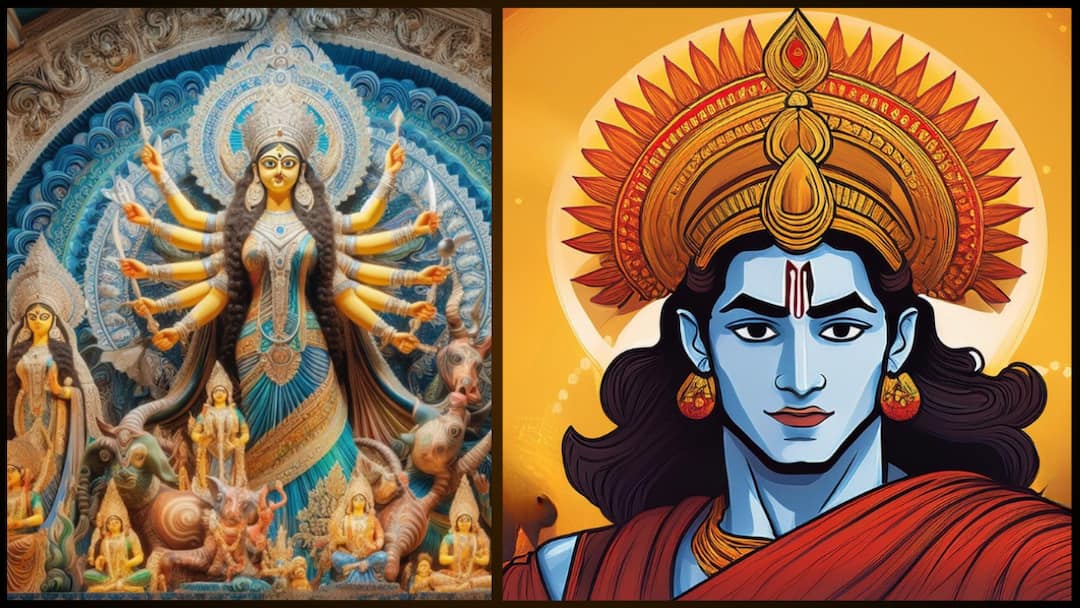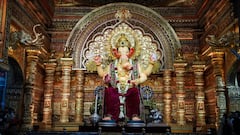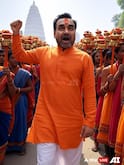Sharadiya Navratri 2024: Know The Difference Between Vijayadashami And Dussehra
Vijayadashami And Dussehra are celebrated on the tenth day of Navratri, yet many are unaware of the difference between them. Know the difference here.

Sharadiya Navratri 2024: The auspicious festival of Shardiya Navratri 2024 will conclude on October 12, 2024, with the celebration of Dashami. This day marks both the festival of Vijayadashami and the occasion of Dussehra, when the effigy of Ravana is burned. Many people often confuse Vijayadashami and Dussehra, believing them to be the same. However, they are distinct festivals with different significance.
Let's explore the difference between these two auspicious festival:
ALSO READ: Happy Vijayadashmi 2024: Share These Heartfelt Wishes And Messages With Your Close Ones
Every year, Vijayadashami and Dussehra are observed on the tenth day (Dashami Tithi) of the bright fortnight of the month of Ashwin. Navratri 2024, dedicated to the worship of Goddess Durga that culminates with her immersion on this day. Simultaneously, Ravana’s effigy will be burnt, a key ritual associated with Dussehra. The overlap of these two festivals leads many to think they are the same, but they are indeed different in meaning and celebration.
Difference Between Vijayadashami And Dussehra
What Is Vijayadashami?
According to ancient scriptures, when the demon Mahishasura unleashed terror from the earthly realm to the heavens, Goddess Durga fought a fierce battle against him and his army for nine days. On the tenth day, she defeated Mahishasura and his forces. This victory of Goddess Durga is celebrated as Vijayadashami, symbolising the triumph of good over evil.
What Is Dussehra?
Dussehra, as per the scriptures, marks the day when Lord Rama defeated Ravana. Before the battle, Lord Rama worshipped Goddess Durga for nine days to seek her blessings. On the tenth day, he vanquished Ravana, symbolising the victory of good over evil. To commemorate this event, Ramleela performances are held across the country during Navratri, culminating in the burning of the effigies of Ravana, Kumbhakarna, and Meghnath on the tenth day, which is celebrated as Dussehra.
[Disclaimer: The content of this article is based solely on beliefs, and should be taken as general guidance. Individual experiences may vary. ABPLive.com does not assert the accuracy or validity of any claims or information presented. It is strongly recommended to consult a qualified expert before considering or implementing any information or belief discussed herein.]
Related Video
Breaking: New Year Crowd at Khatu Shyam Temple, Lakhs Gather for Darshan





































